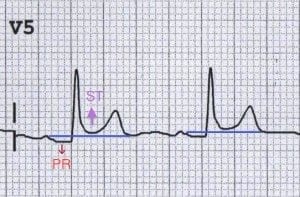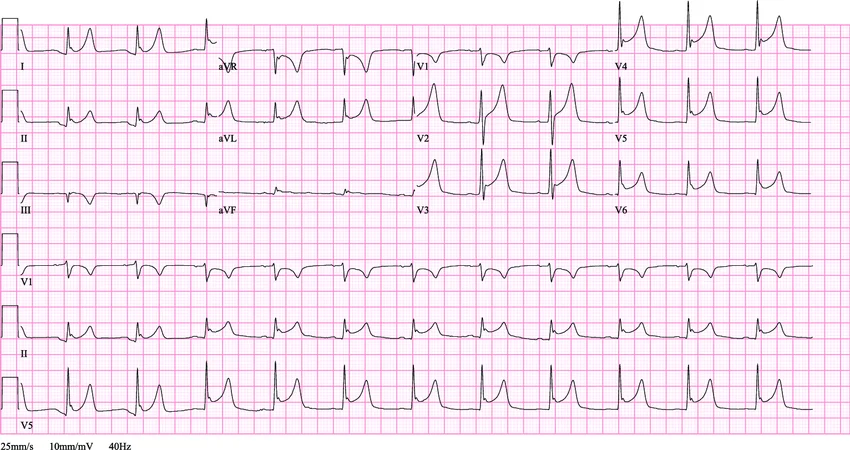Definition
It is the acute inflammation of the pericardium (The outer layer of cardiac muscle) called Acute Pericarditis.
Causes of Acute Pericarditis
• Viral (coxsackie B, echovirus)—common cause.
• Acute rheumatic fever.
• After acute myocardial infarction (in 2nd or 3rd day).
• Bacterial (Staph. aureus, H. influenzae).
• Tuberculous pericarditis.
• Fungal (histoplasmosis, coccidioidomycosis).
• Acute renal failure.
• Malignancy (from carcinoma of bronchus, breast, lymphoma, leukemia).
• Trauma.
• Radiation
• Drugs (doxorubicin, cyclophosphamide).
• Collagen disease (SLE, scleroderma).
Clinical Features of Acute Pericarditis
Symptoms
• The Main symptom is chest pain which is retrosternal, sharp, or stabbing in nature, and may radiate to the shoulder and neck.
• Aggravated by movement, lying down and deep breathing, exercise, and swallowing.
• Pain may be relieved by sitting or bending forward.
• Other symptoms—according to cause (e.g. low-grade evening rise of temperature, night sweat, weight loss in TB).
Signs
Pericardial rub—
• It is a high-pitched, harsh, scratching, grating, leathery sound, to and fro in quality.
• Better heard over the left lower parasternal area with the patient leaning forward.
• Augmented by pressing the stethoscope.
• Usually heard in systole, but maybe in diastole.
• Present after holding the breath (to differentiate from pleural rub).
Investigations

• ECG—ST-elevated with upward concavity (chair-shaped or saddle-shaped).
• CXR PA view.
• Echocardiography.
• CT and cardiac MRI may be done in some cases.
• Others—according to suspicion of cause.

Treatment of Acute Pericarditis
• To relieve pain—NSAIDs (indomethacin or ibuprofen).
• In severe or recurrent pain—corticosteroid.
• If no response to steroid—azathioprine or colchicine may be added.
• If recurrence with no response to medical treatment—pericardiotomy may be done.
• Treatment of primary cause—antibiotic, if bacterial infection. Anti-Koch’s, if tuberculosis is suspected.
What is anti Koch’s treatment?
The most common treatment of Tuberculosis (TB) is the combination of Rifampin, Isoniazid, Pyrazinamide, and Ethambutol these are called anti Koch’s treatment. Because, In 1882, the microbiologist Robert Koch discovered the tubercular bacillus, at a time when one of every seven deaths in Europe was caused by TB.